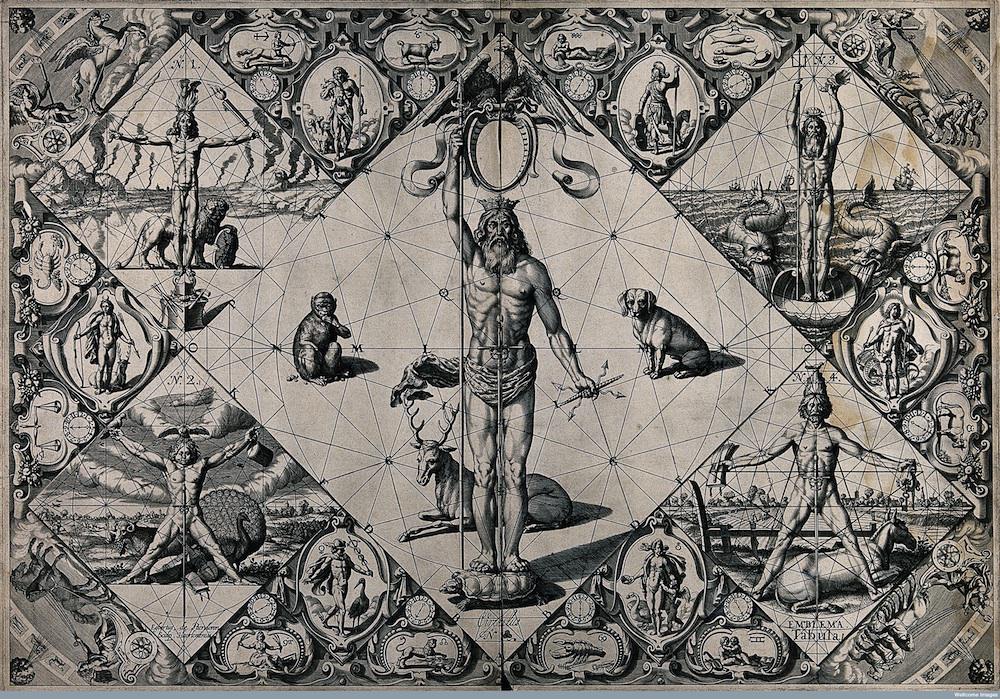The Vault is Slate’s history blog. Like us on Facebook, follow us on Twitter @slatevault, and find us on Tumblr. Find out more about what this space is all about here.
Girard Thibault’s Académie de l’Espée (1628) puts the art of wielding the sword on mathematical foundations. For Thibault, a Dutch fencing master from the early seventeenth century, geometrical rules determined each and every aspect of fencing. For example, the length of your rapier’s blade should never exceed the distance between your feet and the navel, and your movements in a fight should always be along the lines of a circle whose diameter is equal to your height.
The rest of his manual, geared towards gentlemanly readers who took up fencing as a noble sport, is filled with similar geometrical arguments about the choreography of swordsmanship. Thibault’s work belongs to the same tradition that produced Leonardo’s renowned Vitruvian Man.
According to the laws of proportion, the ideal human body could be inscribed in a circle, and one could easily compute the length of the main body parts as simple fractions of the length of the body. The art of fencing reflected the harmonious structure of the human body, and also had astrological and cosmic undertones. Thibault called the basic circle of his fencing rules a mysterious circle and, significantly, the second illustration below features the twelve signs of the zodiac together with allegories of the Sun and the Moon on the sides, emphasizing how the human body and the stars are governed by the same mathematical rules.
Thibault was not an eccentric. By 1630, when the Académie de l’Espée appeared, the mathematical nature of fencing had long been established. In the Netherlands, where Thibault was active, the sport’s geometrical foundations were established by the late-sixteenth-century professor Ludolf van Ceulen, who famously calculated the value of π (the ratio of the circle’s perimeter to the diameter) to the twentieth decimal.
Click on the images below to enlarge, or see more of Thibault’s work by searching his name on the Wellcome Images site.

Wellcome Library, London.

Wellcome Library, London.